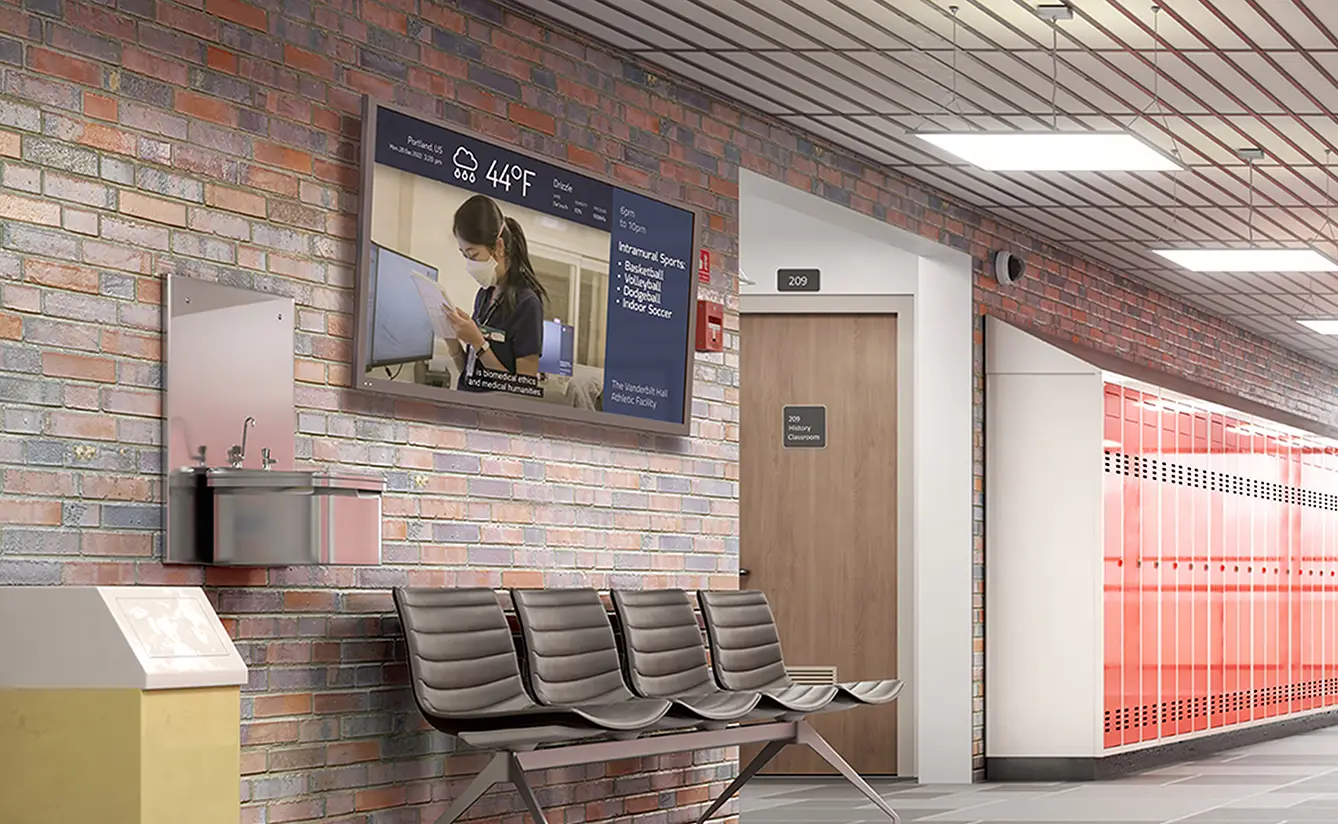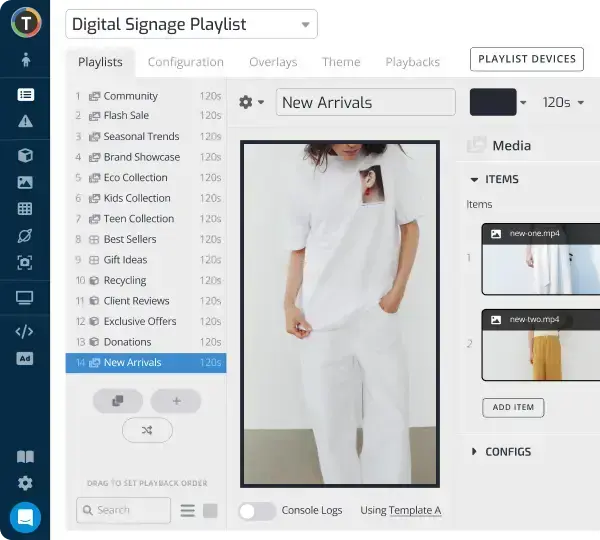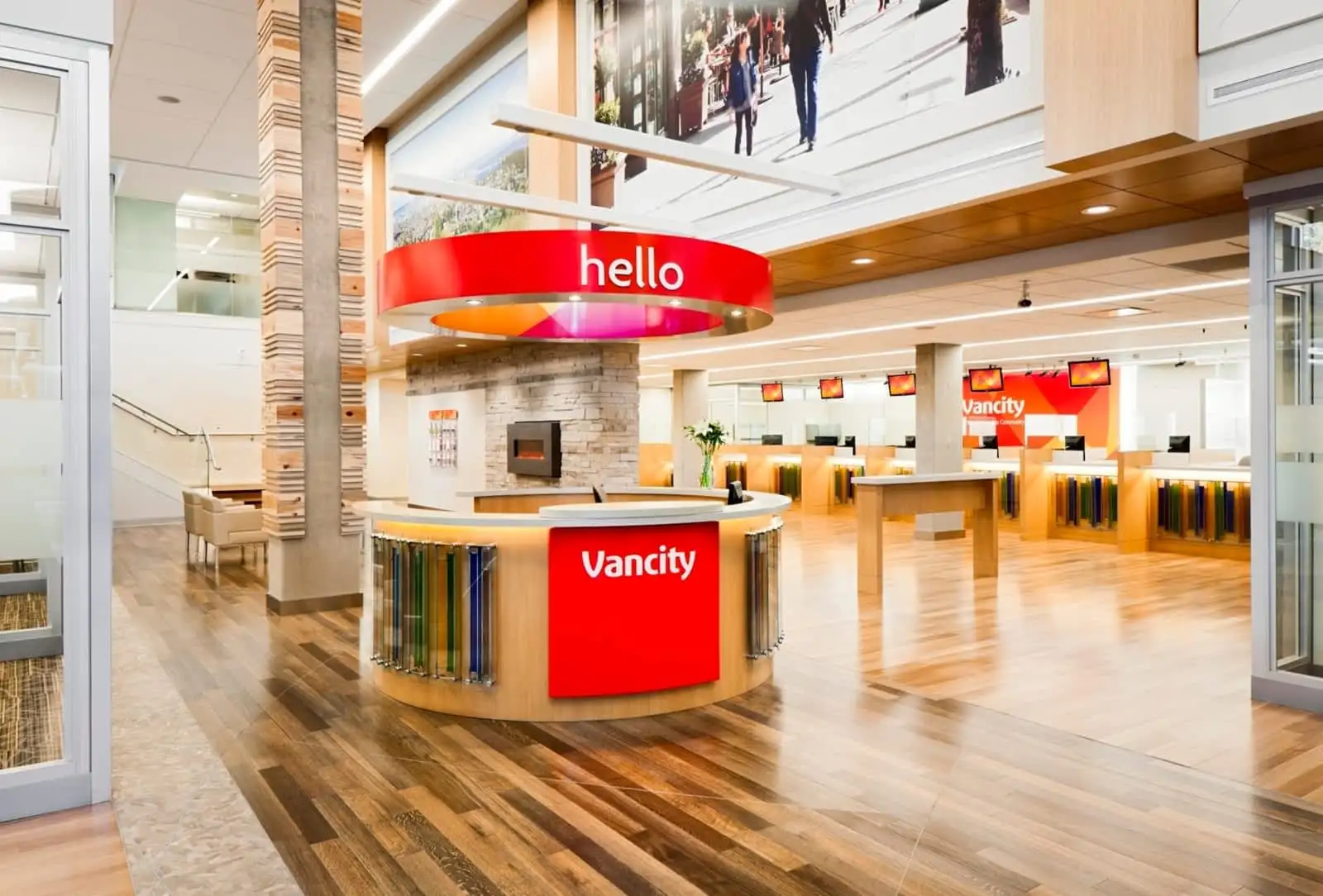The High Price of "Free" Digital Signage Software
WRITTEN BY: TelemetryTV, 02-10-2025

Free digital signage solutions often appear attractive to small and midsize businesses trying to keep costs low. But according to numerous user experiences and expert analyses, these “no-cost” platforms can introduce a range of hidden risks—from security vulnerabilities and poor reliability to unanticipated fees and limited functionality. The result, many businesses report, is a higher total cost and operational strain. Below, we examine the most common pitfalls, followed by a comparison with TelemetryTV, a paid solution that offers enterprise-grade capabilities at an affordable rate.
1. Security Vulnerabilities
One of the most troubling aspects of free digital signage software is the frequent lack of robust security. Data transmission between the signage platform and screens may remain unencrypted, creating opportunities for malicious actors to intercept content or infiltrate networks. In regulated industries—such as healthcare or finance—this risk can be magnified if patient or client information happens to pass through the signage system. While sophisticated encryption and consistent security updates are standard in paid digital signage solutions, free solutions often rely on outdated protection, or none at all.
In extreme cases, hackers have been able to override unsecured signage and broadcast offensive material or malware. Without timely patching or proactive monitoring, any discovered vulnerability can linger. Regulatory compliance is another concern: requirements like HIPAA or GDPR demand data protection measures that most free software cannot guarantee. Businesses that fail to meet these mandates risk legal repercussions and reputational harm.
2. Reliability and Performance Gaps

Beyond security, reliability is a pivotal issue. Free tools rarely come with formal service-level agreements, meaning if the software crashes, you could wait days—or forever—for a fix. In the absence of a dedicated support team, organizations may have to troubleshoot issues on community forums. This do-it-yourself approach can mean prolonged downtime, a poor audience experience, and possibly lost revenue if screens go blank at critical times.
Performance lags pose another frequent complaint. Basic or poorly optimized platforms often struggle to handle video content, live feeds, or complex animations. Users have reported unresponsive interfaces, slow content loading, and performance hiccups that worsen with each new screen. Updates, if they exist, might be sporadic, leaving the software incompatible with modern digital signage media players or operating systems. As deployments expand, these flaws become more pronounced, requiring businesses to invest time in endless workarounds or partial solutions that rarely solve root issues.
3. Hidden Costs and Monetization Tactics
Although the software itself may be labeled “free,” many platforms include monetization hooks that reveal themselves over time:
• Paywalls for Core Features: Often, the base version provides only basic slideshow functionality. Advanced needs—such as multi-screen management, live data integration, or high-definition video—require upgrades. Some free providers also throttle accounts after a short trial window, compelling companies to pay for essential features.
• Advertisements and Branding: Several free signage tools insert ads—sometimes even competitor ads—into your content. Providers do this to offset server costs, but it undermines the user’s professional presentation.
• Usage Restrictions: Free plans may severely limit the number of screens you can manage or the volume of content you can store. Expanding beyond a small-scale pilot then triggers immediate costs.
• Data Harvesting: Concerns about data privacy emerge if the free service captures usage patterns or network details to sell or share with third parties. Terms of service agreements sometimes allow these providers to mine or monetize your data, shifting the “cost” from a subscription fee to the forfeiture of potentially sensitive information.
• Infrastructure Burdens: While the software may carry no direct price, hosting or hardware expenses can still apply. Open-source solutions, for example, may require on-premise servers, which demand electricity, maintenance, and security oversight—adding hidden costs.
4. Technical Limitations

Free signage software is typically bare-bones and often lacking core features essential for a professional setting.
API and Integrations: Paid signage services generally provide robust APIs and built-in connectors to enterprise tools, eliminating tedious manual updates.
Compliance Tools: Advanced logging, user role management, and audit trails are frequently missing in free platforms, creating regulatory headaches in sectors like healthcare or finance.
Scheduling and Content Variety: Many businesses crave dynamic scheduling—such as shifting displays by time of day or real-time data. Free software often lacks such flexibility.
User Interface and Workflow: The interface in free digital signage platforms can make tasks like uploading media or customizing layouts cumbersome, increasing the likelihood of scheduling or content errors.
5. Scalability Hurdles

A small pilot on one or two screens might appear manageable, even with a free solution. But expansion typically reveals significant shortcomings.
No Centralized Management: Free services often lack a unifying dashboard. Businesses must log in to each screen individually, which becomes unwieldy as locations multiply.
Limited Multi-User Access: Enterprise deployments require tiered permissions for various team members. Few free tools offer robust multi-user functionality, leading to shared passwords or administrative bottlenecks.
Unpredictable Maintenance: Once you exceed a solution’s capacity, performance can degrade sharply. Content might fail to sync, or devices may disconnect entirely, with little recourse for a swift fix.
Migration Costs: If your business outgrows the capabilities of free software, switching mid-stream can be expensive and time-consuming, negating any initial savings.
Why TelemetryTV Is Different
By contrast, TelemetryTV's digital signage software is designed to be cost-effective yet enterprise-ready. Its core strengths include:
• Strong Security: TelemetryTV employs advanced encryption and meets rigorous standards, including features that help businesses adhere to data regulations.
• Reliable Performance: Built on stable cloud infrastructure, TelemetryTV provides minimal downtime and robust support, reducing the risk of blank screens or crashes.
• Comprehensive Integrations: APIs and pre-built connectors allow organizations to automate content updates from spreadsheets, social media, and enterprise tools.
• Scalability and Centralization: Whether you run one screen or thousands, TelemetryTV’s centralized dashboard and multi-user permissions make deployments straightforward.
• Predictable Costs: TelemetryTV operates on transparent subscription pricing without forced ads or usage traps, often delivering better long-term ROI than free platforms.
| Aspect | Free Digital Signage – Common Risks | TelemetryTV – Key Advantages |
|---|---|---|
| Security & Privacy | Little encryption or compliance safeguards. Irregular updates. Vulnerable to hacks and data breaches. | Enterprise-grade encryption and regular patches. Compliance-ready features for regulated sectors. |
| Performance & Reliability | Frequent crashes and downtime. No guaranteed support or uptime. Slow, laggy playback for heavy content. | Robust cloud infrastructure. High uptime with dedicated support. Smooth multimedia playback at scale. |
| Integrations & Customization | Limited or no APIs. Few content options. Minimal customization, restricting advanced scenarios. | Extensive APIs and built-in integrations. Support for data feeds, dashboards, and dynamic media. |
| Hidden Costs | Advertisements, paywalls for features, or data harvesting. Operational overhead from troubleshooting issues. | Transparent pricing with no forced ads. All features included in predictable subscription tiers. |
| Scalability | Difficult to expand beyond a few screens. Manual updates. Limited multi-user functionality. | Centralized control for screens across multiple sites. Large-scale deployments with role-based permissions. |
| Total Cost of Ownership | “Free” label overshadowed by unforeseen charges, compliance risks, and revenue losses from downtime. | Straightforward subscription covering software, updates, and support. Often cheaper long term. |
Conclusion
For small and midsize businesses, “free” digital signage might look appealing at first. Yet many eventually face data insecurity, downtime, intrusive ads, and limited features that fail to scale. These issues can disrupt operations and erode trust.
Choose Secure, Scalable Digital Signage Today
Avoid the pitfalls of free digital signage software. TelemetryTV delivers enterprise-grade security, reliable performance, and seamless scalability at a predictable price—ensuring your displays remain professional and stress-free.
Start for Free










